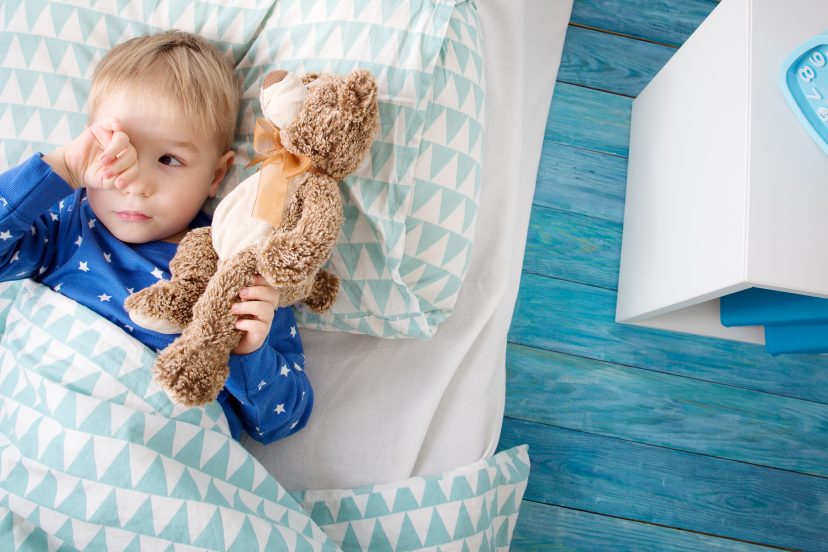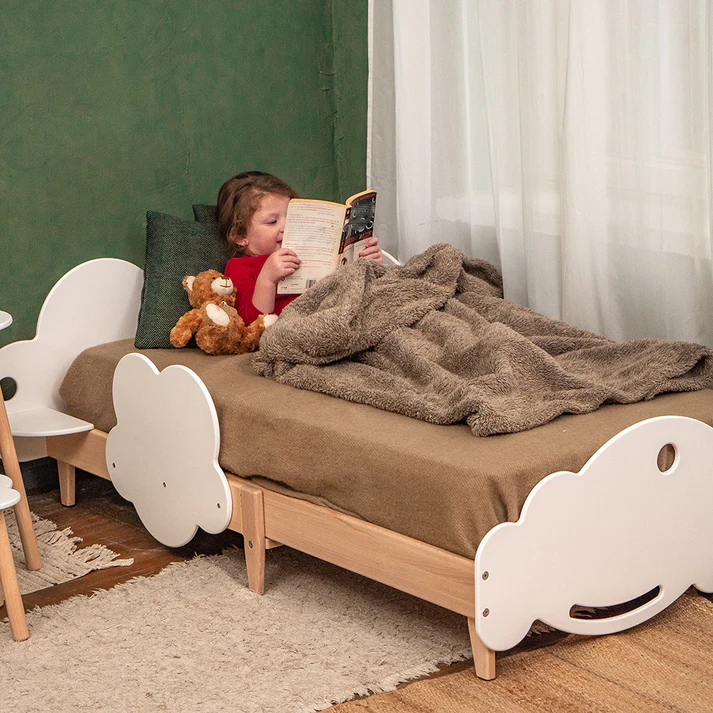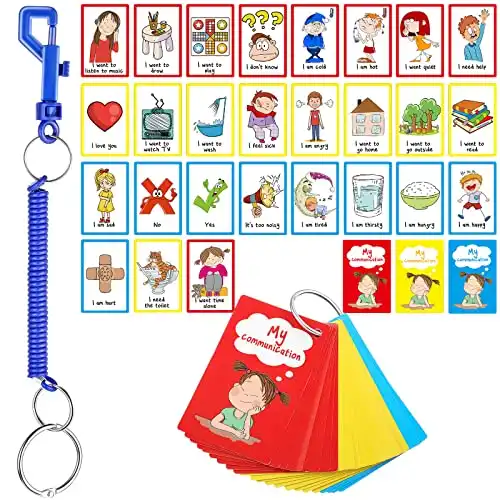Signs Your Toddler is Not Ready for a Bed: Navigating the Transition with Care and Patience
Throughtout my parenting journey I’ve encountered numerous moms and dads eager to transition their toddlers from cribs to beds. This milestone, while exciting, can be fraught with challenges and questions. Is my toddler ready? What are the signs to look out for? Through my experience and research, I’ve identified several key signs your toddler is not ready for a bed and might need a little bit more time before making the big leap.
Let’s dive into these signs, offering a blend of advice, empathy, and practical suggestions to navigate this journey together.
Recognizing the Signs Your Child Isn’t Ready for a Toddler Bed
Before making the leap from crib to toddler bed, it’s essential to recognize the signs that indicate your child might not be ready for this big transition. I will now walk through the most common reasons your little one might not be ready for a bed and how to overcome these issues.
Sign 1: Climbing Out of the Crib Hasn’t Started
The first common sign your child isn’t ready for a toddler bed is the ability and inclination to climb out of their bassinet. If your child has not yet shown interest or ability to climb out, they might be content with the security the crib offers, indicating they may not be ready for the open freedom of a toddler bed.
Strategy To Help Overcome This Issue: Encourage physical outdoor activities during the day that enhance your child’s motor skills in a safe environment. However, don’t rush the transition. Respect their comfort with the crib until they show natural signs of wanting more independence.
Sign 2. Expressing Anxiety About Changes
Children who express fear or anxiety about changes, especially related to their sleeping environment, might not be ready for a toddler bed. This can manifest as clinginess, verbal expressions of fear, or a heightened need for reassurance when discussing or approaching the idea of moving to a different bed.
Strategy To Help Overcome This Issue: Gradually introduce the concept of a toddler bed by reading books about it, discussing the benefits, and involving your child in the process at a comfortable pace. Address their fears by acknowledging them and offering reassurance.

Sign 3. Inconsistency in Sleep Patterns
Consistent sleep patterns are a sign of developmental readiness for a bed transition. If your child’s sleep is erratic, with frequent awakenings or difficulty falling asleep independently, they may benefit from the security and familiarity of their crib for a bit longer. Sleep training could be an option here.
Strategy To Help Overcome This Issue: Work on establishing a more consistent bedtime routine that promotes relaxation and a sense of security. This might include a warm bath, reading bedtime stories, and sound machines to signal that it’s time for sleep.
Sign 4. Lack of Verbal Communication Skills
Effective communication is key for a smooth transition to a toddler bed, as your child needs to be able to express their needs or fears during the night. If your child has not yet developed the verbal skills to communicate effectively, they might struggle with the transition, feeling more secure in the less demanding environment of a crib.
Strategy To Help Overcome This Issue: Foster communication through other means, such as sign language or picture cards, to help your child express their needs and fears. This can bridge the gap until their verbal skills develop further.
Sign 5. Resistance to Bedtime Routines
Another sign your child isn’t ready for a toddler bed is if they struggle adhering to a bedtime routine or show significant resistance to bedtime. This resistance could indicate they’re not yet ready to handle the independence that comes with a toddler bed, where staying in bed is more of a choice than a requirement.
Strategy To Help Overcome This Issue: Try and make bedtime routines more engaging and comforting. Allow your child to choose a book or a small bedtime toy, reinforcing the idea that bedtime is a positive part of the day. Consistency and patience are key.
Sign 6. Shows No Interest in Toddler Beds
Children who are ready for a toddler bed often show interest in beds during store visits or when seeing siblings’ beds. A lack of curiosity or interest in toddler beds can be a sign that your child is not yet mentally prepared for the change.
Strategy To Help Overcome This Issue: Instead of pushing the idea, create a positive narrative around it. Visit stores or browse online together to spark interest. Highlight the aspects of transitioning that align with their interests, such as themed bedding related to their favorite cartoon.
Sign 7. Attachment to the Crib
A strong emotional attachment to the crib, where the child views it as a place of comfort and security, suggests they might not be psychologically ready for a toddler bed. Transitioning too soon could disrupt their sense of security and negatively impact sleep quality.
Strategy To Help Overcome This Issue: Acknowledge and validate your child’s attachment to their crib. Consider transitional objects like a special blanket or stuffed animal that can move with them to the toddler bed when they’re ready. Gradually introduce the idea of the toddler bed as another safe, comforting space.
Sign 8. Safety Concerns
If your child has difficulty understanding or following safety instructions, such as the importance of staying in bed at night, they may not be ready for the responsibility that comes with a toddler bed. This includes recognizing the potential hazards of getting out of bed without adult supervision.
Strategy To Help Overcome This Issue: Educate your child about safety in a way they can understand, using simple explanations and role-playing. Implement additional safety measures in their room, like soft carpeting around the bed and safety rails on the bed.
By observing and understanding these signs your toddler is not ready for a bed, you can better gauge your child’s readiness for the transition. It’s essential to approach this milestone with patience, allowing your child to move forward at their own pace, ensuring the transition is positive and successful.
How to Ensure a Smooth Transition From Crib To Bed When The Time Is Right
Transitioning from a crib to a bed is a significant milestone in a toddlers life and can be a period of adjustment for both the child and parents. The key to a smooth transition involves patience, flexibility, and creating a positive experience. Here’s a few tips for when the time is right:
Take it Slow
- Understand Readiness: Start the transition when your child shows signs of readiness, not just because they’ve reached a certain age. Signs of readiness include climbing out of the crib or asking for a big kid’s bed.
- Gradual Introduction: Introduce the concept of moving to a bed gradually. Talk about it, read books about it, and let them get used to the idea before making the switch.
- Flexibility is Key: Be prepared to have some good nights and some challenging ones. If your child is struggling significantly, it’s okay to go back to the crib temporarily. This doesn’t mean the transition has failed, but rather that your child needs a bit more time.
Involve Your Child in the Process
- Choice Empowers: Allow your child to pick out their new bed, bedding, or even a new stuffed animal to sleep with. This involvement can turn apprehension into excitement.
- Decorate Together: If possible, involve them in choosing decorations or themes for their room. This can make the new sleeping environment feel special and tailored to them.
Maintain Other Routines
- Consistency is Comforting: Keep bedtime routines such as bath time, storytime, and lights out as consistent as possible. This familiar structure around bedtime can help ease the transition.
- Daytime Routines Matter Too: Ensure that daytime routines, like meal times and playtimes, remain unchanged. A holistic approach to routine can provide a comforting predictability.
Offer Lots of Reassurance
- Presence and Patience: The transition may cause some insecurities or fears to surface. Be ready to offer extra comfort, perhaps with more cuddles or staying with them a bit longer at bedtime.
- Verbal Reassurance: Use positive reinforcement and acknowledge their feelings. Let them know that it’s okay to feel nervous and that you’re there for them.
- Consistency in Response: Try to respond the same way to middle-of-the-night wake-ups or requests as you did when they were in a crib. This could mean walking them back to their new bed with reassurance but avoiding creating new habits that might be hard to break later, like staying till they fall asleep if that wasn’t the norm before.
Additional Tips
- Safety Measures: Ensure the new bed is safe. Install bed rails if there is a risk of falling out and make sure the room is childproofed.
- Recognition of Achievement: Celebrate this new phase as an exciting milestone in their growth. Positive acknowledgment can boost their self-esteem and make them feel proud of this new independence.
Remember, every child is unique, and what works for one may not work for another. Observing your child’s cues and being responsive to their needs will guide you in making this transition as smooth as possible.
Closing Thoughts From Me
Understanding your toddler’s readiness for transitioning to a bed is a nuanced process that requires patience, observation, and empathy. While the signs mentioned provide a guideline, each child is unique. It’s essential to approach this milestone with flexibility, allowing your toddler to set the pace. Remember, the goal is to ensure a smooth transition that prioritizes their comfort and safety.
FAQ’s
At what age do toddlers typically transition to a bed? Between 18 months and 3.5 years, depending on individual readiness.
Can I switch back to a crib if my toddler struggles with a bed? Yes, if the bed transition proves difficult, returning to the crib is an option.
How can I ensure my toddler’s bed is safe? Use a low bed with guard rails, childproof the room, and keep the area around the bed clear.
What strategies help with moving from crib to bed? Maintain bedtime routines, involve your child in the process, and offer reassurance.
How to tell if my toddler is resisting the bed or not ready? If there’s anxiety, disrupted sleep, or clinginess, they might not be ready for the transition.







